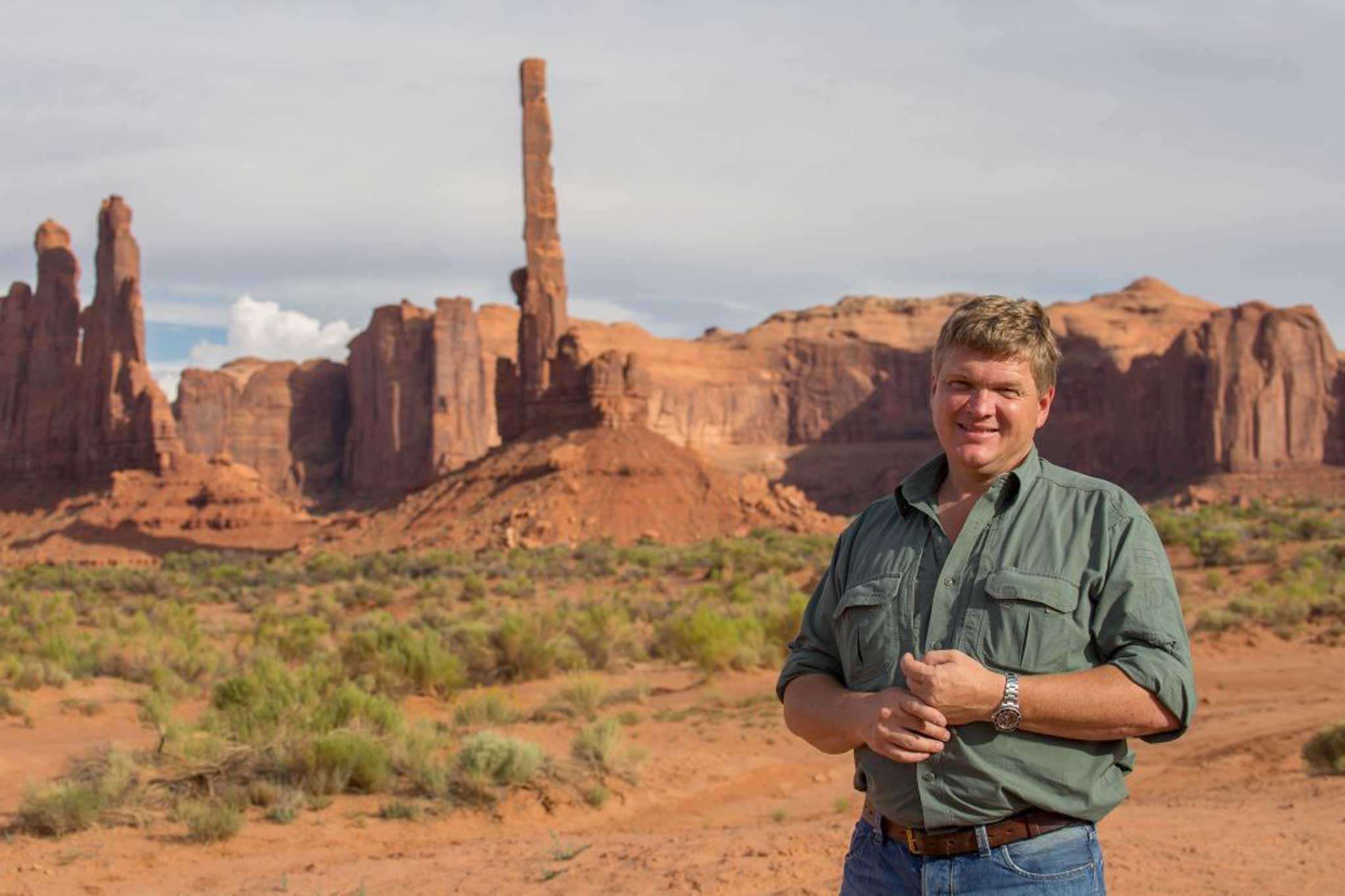How The Wild West Was Won with Ray Mears, TV review: Paean to North America's epic beauty

Your support helps us to tell the story
From reproductive rights to climate change to Big Tech, The Independent is on the ground when the story is developing. Whether it's investigating the financials of Elon Musk's pro-Trump PAC or producing our latest documentary, 'The A Word', which shines a light on the American women fighting for reproductive rights, we know how important it is to parse out the facts from the messaging.
At such a critical moment in US history, we need reporters on the ground. Your donation allows us to keep sending journalists to speak to both sides of the story.
The Independent is trusted by Americans across the entire political spectrum. And unlike many other quality news outlets, we choose not to lock Americans out of our reporting and analysis with paywalls. We believe quality journalism should be available to everyone, paid for by those who can afford it.
Your support makes all the difference.Ray Mears has always been at the sensible end of the survivalist spectrum and now that he's back on the BBC after a brief sojourn at ITV, he's found a documentary subject that fits as snug as a beaver pelt hat.
How The Wild West Was Won with Ray Mears with (BBC4) was a paean to the epic beauty of North America's Great Outdoors, but also a reminder that bush-craft skills once had a use even more practical than securing your own TV series.
To kick off this three-parter, Mears followed the early pioneers' wagon trails into the mountains. In the mist-peaked Appalachians he handled a fish variously known as "devil dog", "hell bender" and "snot otter" (so ugly they named it thrice); he paid homage to the dangerous lives of fur trappers in the Rockies and, at the foothills of the Sierra Nevada, learned about the tragic, cannibalistic winter of 1846.
At each of these spots, Mears was met by company, including Cherokee tribal elder Davy Arch. Arch shared his local knowledge with the white man, just as his ancestors had done three hundred years previous. Their thanks? Forcible eviction from the native lands.
Thankfully, Mears made for a much more mannerly guest and this was a much more sociable programme. That's because the subject of this series is not just wildlife, or even how wildlife interacts with a solitary explorer, it's how a landscape as awe-inspiring as this can shape the growth of an entire society.
Join our commenting forum
Join thought-provoking conversations, follow other Independent readers and see their replies
Comments